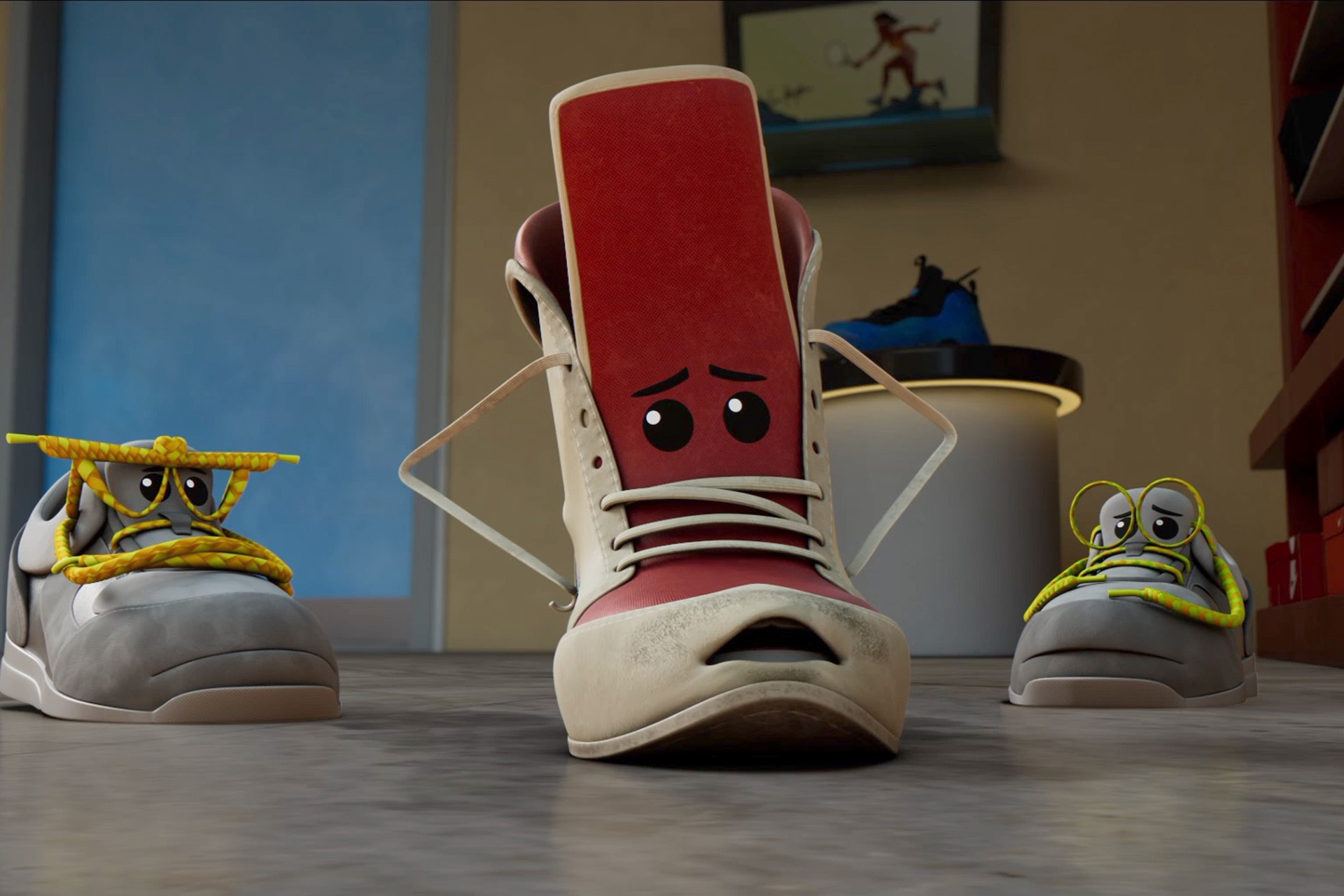The Celtics swept the Pacers and, in the process, notched three clutch wins against them after securing Game 4 against the Cavaliers in a clutch-time situation, too. They have been in four close games during the playoffs and they have won all of them.
The knock on the C’s back in the second round was that they weren’t battle tested. Because of this, the detractors assured us, they would be pushovers whenever push came to shove. “Not battle tested” apparently means “will not survive.”
Yet, no team in the last twenty-five years has come back from five-point deficits with under two minutes to go twice in one series. The C’s haven’t done it twice. They’ve done it three times. Three times in four games against the Pacers the Celtics had to rally from rather intimidating late game deficits.
That’s clutch play.
The Celtics, I think we can safely say, are a clutch team.
We can also say that this has not always been the case. In fact, we can go so far as to say that earlier in the season, the C’s had some serious issues with their late game strategies.
But you know what? Earlier in the season a small black and white cat that we took in as a stray gave birth to four kittens on our hall floor.
Those kittens are now almost six months old. Their eyes have long been open, and they’ve gone from struggling to climb up into our laps to being able to cross the living room in three leaps, with one of us usually serving as a convenient launchpad. They’re the same cats — nobody’s come in and switched them out while we weren’t looking — but they’re different, too.
Boston’s roster has changed very little since their clutch time struggles were the talk of the regular season NBA crowd, and lest we think that this was just talk, there was substance to it.
JJ Redick noted that the Celtics have had good clutch-time metrics overall, but that “at time, their offense feels a little stagnant in the fourth.”
Celtics have iso’d the 4th most in fourth quarters & are 27th in points per possession on those plays.
(Via @OldManAndThree) pic.twitter.com/6MPjeP2YJd
— Noa Dalzell (@NoaDalzellNBA) March 7, 2024
For the C’s, going iso late was a terrible idea. Doing something more often than 26 of the league’s 30 teams, while doing it worse than 26 of them is no way to go through life.
It didn’t help that some of these late game ills were extremely visible, coming, for example, against expected title contender Denver, and after coughing up a 30-point lead against Cleveland. The team’s better clutch performances typically happened in games that just filled up the W column.
Regardless of the exact cause, the Celtics entered the playoff as an ‘unserious’ team that ‘doesn’t close games,’ primarily because of a lot of ugly and highly visible late game iso plays.
But there’s a problem here. Declarative sentences like “The Celtics are not a clutch team” assume that nothing ever changes. Such a statement must be true for all time, or else it will eventually be wrong.
The reality is that change is inevitable.
How many times can you cross a river?
The seemingly obvious answer is that you can cross a river as many times as you want.
But think—is it the same river every time you cross it?
It was Heraclitus the obscure who first observed that you cannot step into the same river twice.
It’s certainly similar, but it is not the same river. Even if you discount the fact that the water is continually changing, with new water flowing in from tributaries, from the ground, and from the tops of hills and mountains, and old water flowing into the sea, the banks of the river and its channel are continually changing, usually in small ways, but always, always, changing. Silt accumulates on the inside of a bend, the current cuts the bank on the outside, and the river always and often imperceptibly changes.
Everything changes.
People change and so does the game.
Photo by Maddie Meyer/Getty Images
Around ten years ago, when the West was really wild, with young teams that looked amazing in the regular season, only to bow out routinely to veteran led teams in the playoffs, I took a dim view of the Golden State Warriors. They turned the ball over a lot, at least according to the eye test. They were among the worst playoff teams in the league in the 2013/14 season in turnovers per game. Even when accounting for their fast pace, they were still just middle of the road when taking care of the ball.
“They’ll never be a contender,” I boldly said, “they don’t take care of the ball, and in the playoffs, possessions are a lot more important. The game tightens up, and they don’t tighten up along with it… Do we even know if Curry’s going to stay healthy? And who’s their third star? Harrison Barnes?!?” I wasn’t too impressed by Curry’s 30-foot shots. No matter how good they looked, they were still only worth three points.
Ten years and four championships later, I can safely say that I shouldn’t’ve have been so brash with my predictions.
The Warriors were a young team, and they figured out a way to win despite being the worst team in the 2015 NBA Playoffs when it came to turnovers. I was wrong about them, and I was wrong about the game as well. The Warriors figured it out. Turnovers stopped being a problem, even though they still turned the ball over at a prodigious rate. Curry ended up being a guy who could turn players on opposing teams into awestruck fans with very good seats. The Warriors changed, they rewrote the rules, and I didn’t see it happening.
So, there we were on Saturday night. The C’s were down five with barely a minute left in regulation, and Jayson Tatum decides to drive into traffic, exactly the sort of crunch time iso play that has been the bane of Boston fans’ existence for the last few years.
But then, after he collapsed the D and found himself a bit too close to the basket, with his defenders having more or less established position, he had a choice: Take a very low-percentage shot, with an equally low percentage of drawing a foul for a potential three point play — or pass to a wide open Al Horford in the corner.
The timing of the pass suggests that Tatum knew what he was going to do before he stopped. He picked up Horford while he could still see him, not before he was surrounded by Pacer bigs.
And then he unleashed a pass that only an exceptional basketball player can make. Anybody can drive into traffic, regret it, and flail out a shot against three established defenders who only have to move vertically to contest. That’s an average NBA play.
Taking the last step or two of that drive knowing that you’re going to pass, and being able to sell every inch of your alleged shot and draw those defenders right into your back pocket before firing off a behind-the-back bounce pass that hits a wide-open teammate right in the numbers? There aren’t but a handful of people in the known universe that can do that on an NBA court.
That, as Jaylen Brown pointed out, certainly does belong in the Louvre, or in some other place where we recognize people who are really, really, really, good at their jobs.
But the C’s had even more late game heroics in store for us.
Monday’s situation was even more dire. The C’s trailed by 8 well past the halfway mark of the fourth quarter. The team needed to do two things: They needed to score and they needed to keep Indiana from scoring. So, they knuckled down and allowed Indiana only two more field goals over the final four and a half minutes of the game. In fact, they held the Pacers scoreless for the last three and a half minutes.
Then, with 45 seconds left in the game, Jaylen Brown crouched just inside the tipoff circle, looking for all the world like he was going to do that “me vs. the world” thing that almost never works out—especially when you give the entire defense plenty of time to get set. And to the credit of the Pacers’ Andrew Nembhard, who knew he couldn’t stay in front of Jaylen, he did force Jaylen to go left—not his preferred angle of attack, and it showed in Jaylen’s dribble. Anyway, Jaylen moved past Nembhard and keeps on driving, slowly enough to eventually draw four Pacers into coverage. The only Pacer who stayed home was Pascal Siakam who was stuck like glue to Al Horford in the left corner, probably because of what had happened two nights earlier.
So, Jaylen rushed headlong into a swarm of defenders that wound up surrounding him on four sides, then he jumped and… passed the ball to a wide-open Derrick White in the right corner… Swish, the Celtics are up three with forty-five seconds to go. That’s a long time to hold the line on defense in a situation that basically means the whole dang season for Indiana, but the C’s clamped down and not only did they hold the Pacers scoreless, Indiana only got one more shot off before the final buzzer.
Watching reviews of that play, like Tatum’s play from Saturday night, it’s clear that Brown had picked up White long before he passed the ball because by the time he jumped to get clearance for the pass, he was screened from seeing White by Indy’s D. Brown already knew where Derrick was, and he was able to set up White for a shot that is as good as a pro is likely to get in game action.
The Celtics have, like our little kittens, grown up as the season has gone on, and like those kittens, they’re not done growing.






